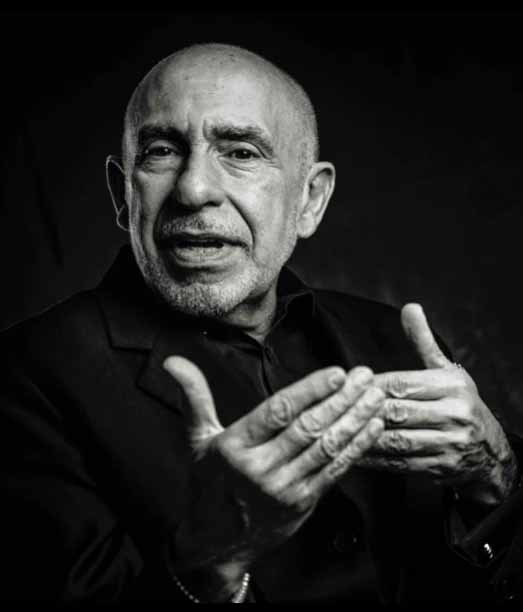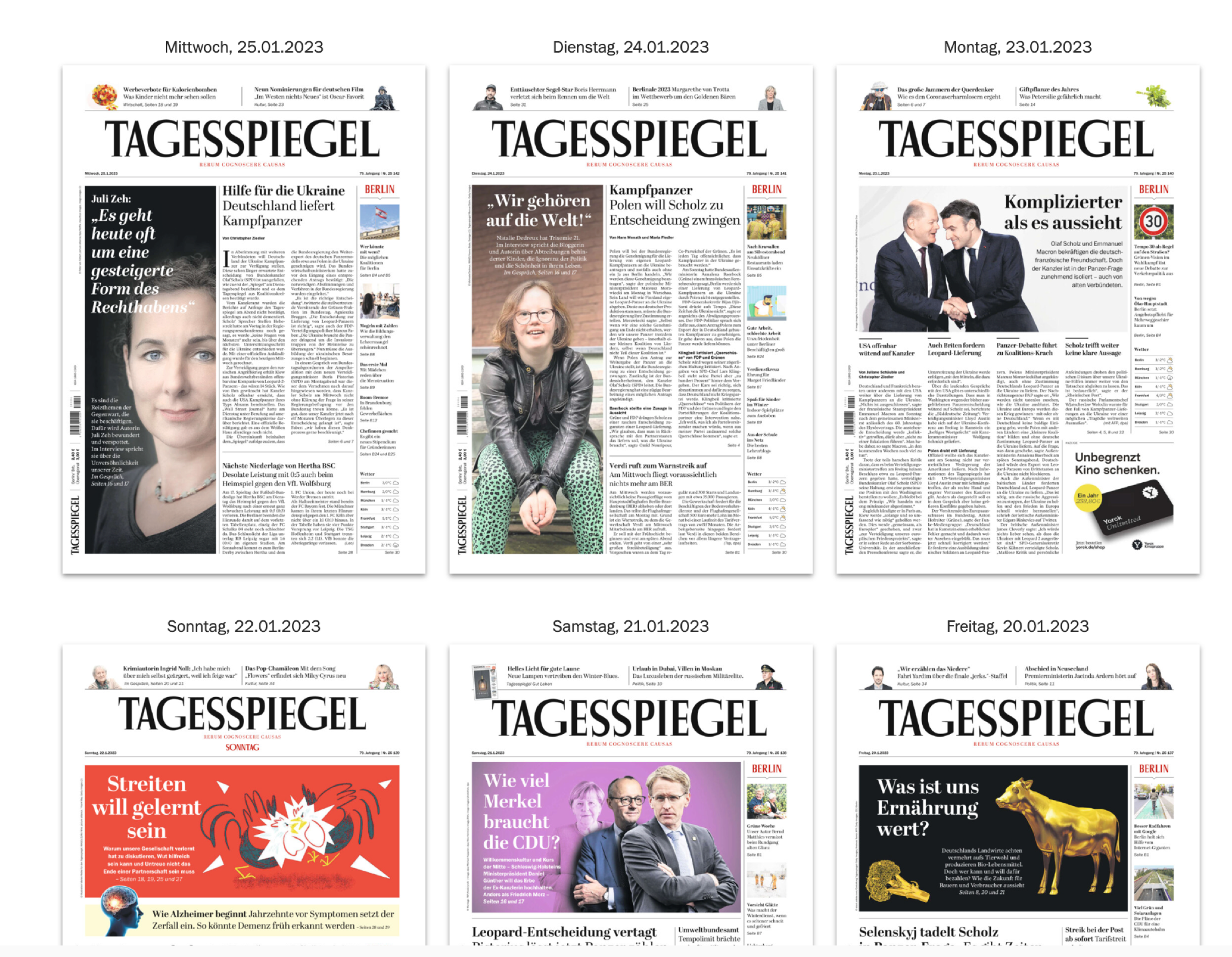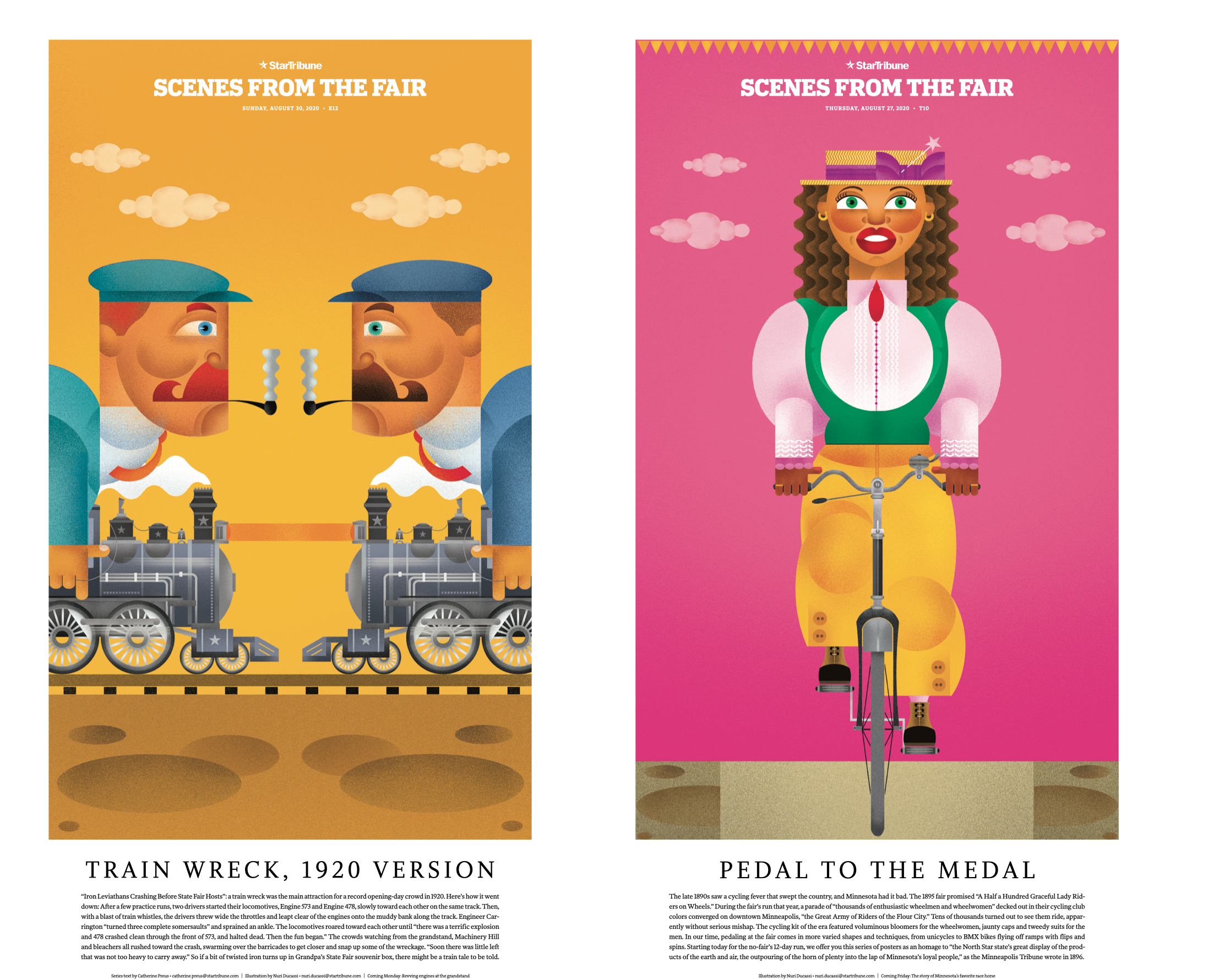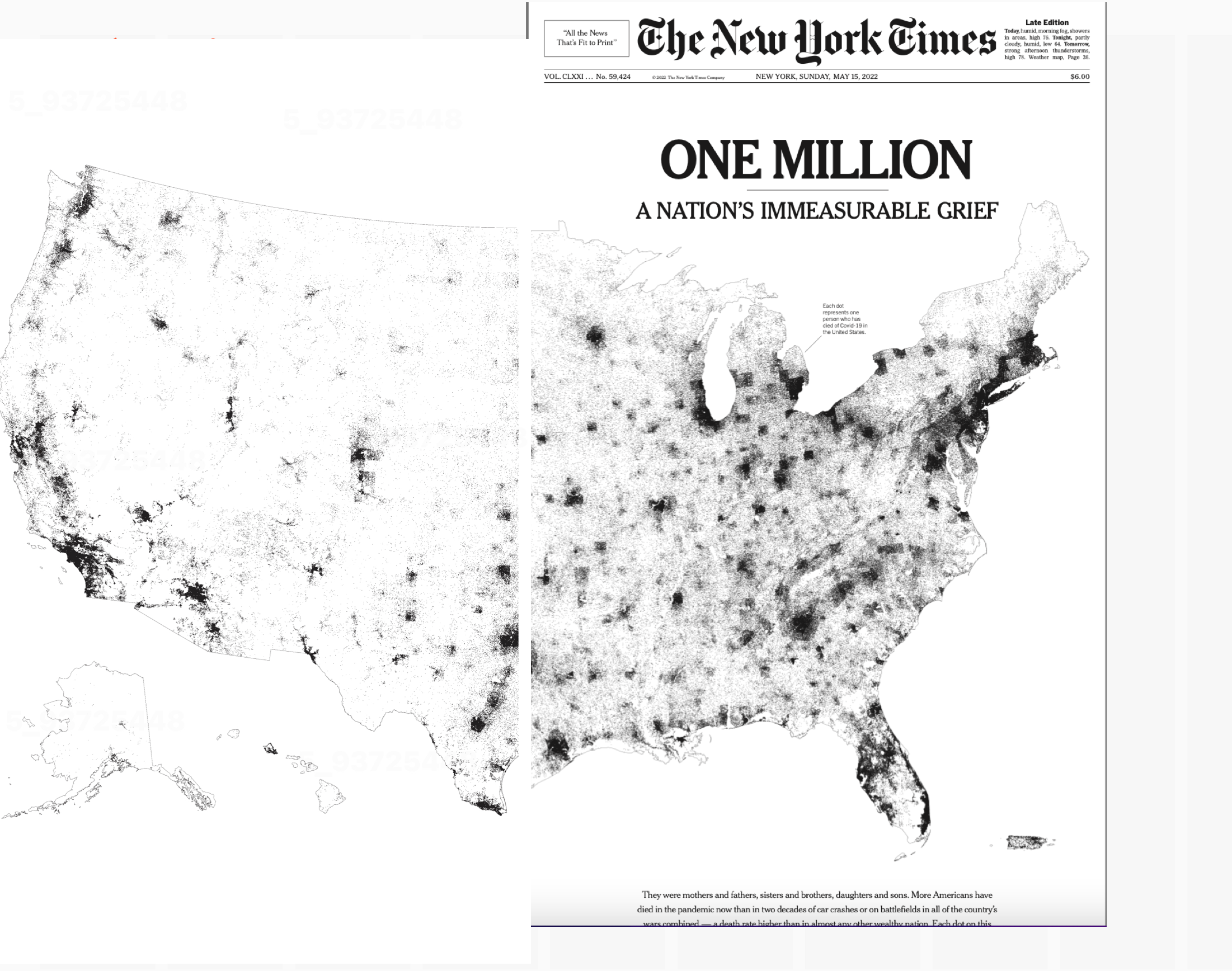How will AI impact print media storytelling?
While I am not sure how AI will impact print media storytelling specifically. I am certain that AI is going to impact how we tell stories across platforms. I, for one, engage daily with ChatGPT as a way to introduce myself to the world of AI, and I advise my Columbia University journalism students to do the same as well as to all the journalists I meet in my workshops worldwide. It is, in my view, the next big media revolution, one full of unknowns at the moment, but, without doubt, one that we will have to deal with in the years ahead. I am not the only voice expressing this. Most recently, the CEO of Germany’s big media group, Axel Springer, had this to say: “Artificial intelligence has the potential to make independent journalism better than it ever was – or simply replace it,” CEO Mathias Doepfner said in an internal letter to employees.
How can we use AI in the media in a constructive way?
I believe that all of us in this business need to study AI, and to consider how such a powerful tool could assist us in the daily business of content creation. One major publication doing this already, and publicly announcing it, is WIRED Magazine. A set of ground rules about AI and its use –with do’s and don’ts–was published by global editorial director Gideon Lichfield last week, lead off with a set of promises about what the newsroom won’t be doing. In a Nieman Lab report, Luchfield was quoted: “We had a bit of debate about whether it would be OK to use AI to edit a story, or write headlines, or brainstorm ideas, but on the whole everyone was very supportive of a stance that placed clear limits on what we would use it for,” Lichfield told me. “I think we all recognized that it simply isn’t very good for most of our purposes. I’m sure it will improve in some areas, but I believe a lot of people are overestimating what it can do.” Top on the list of things WIRED will not use AI for: “Wired does not publish stories with text generated by AI,” Lichfield wrote in the policy, adding, “This applies not just to whole stories but also to snippets — for example, ordering up a few sentences of boilerplate on how CRISPR works or what quantum computing is.” But what are the functions that WIRED will consider using AI for: Using AI to suggest headlines or social media posts.YES: AI-generated story ideas.
Can AI be used to determine the style of design and content a reader prefers?
I think generally, AI could be helpful to identify reader preferences in terms of look and feel. Again, be careful how you tread here. For designers it is important to remember not to rely fully on graphics and videos generated by AI. Art generated with tools like DALL-E, Midjourney, and Stable Diffusion is “already all over the internet,” Wired, among other publications, acknowledges the legal headaches that could be involved from artists and image libraries like Getty Images. Art directors tempted to use a graphic generated by AI, please reconsider before you do a copy and paste.
Do you believe AI poses a significant threat to the newspaper industry?
This is difficult to say at the moment, but since its launch in November last year, ChatGPT has amassed more than 100 million users and accelerated serious discussions over whether some jobs could be made redundant from artificial intelligence. And not just in newsrooms, by the way. The use of AI in journalism has proved controversial as well. Tech website CNET has reportedly been using an AI tool to generate articles that are later scanned by human editors for accuracy before publication. But all is NOT perfect since the website acknowledged in January that the program had some limitations, after a report from tech news site Futurism revealed more than half of the stories generated through AI tools had to be edited for errors. The human element is still needed. I don’t think that editors in any newsroom serious about accuracy will rely solely on AI produced content. But, who knows? That may change as AI becomes more reliable.
How will you envision newspapers for the future AI era, both in print and online?
AI will become more reliable to provide journalists with background information, instant verification of facts, and I can imagine that what we refer to as “templates” today could be guided by AI, facilitating production and allowing journalists and designers more time to spend creating content. Imagine AI as the guardian of your type style, color palette, with a variety of ready to use templates to accommodate various platforms. I am all for this, and I hope this happens sooner rather than later.
What new tools or technologies does a news designer need to use for the new situation?
A news designer already needs to acquire skills in areas such as video and audio, in order to respond to stories and design from a mobile perspective. AI will aid these processes. A news designer already needs to engage with AI daily, to learn how it works. I do so myself with Chat GPT. I call it my new “friend” to chat with. Indeed, I have entered that fascinating and somewhat weird world of Artificial Intelligence (AI), and have done so via ChatGPT, what the New York Times refers to as the best artificial intelligence chatbot ever released to the general public. I am cutting my teeth into this real world which resembles science fiction for someone almost 76, but which is quite real. I like that I can chat with my “friend” anytime of day, regardless of time zone, and that the answers back to my questions are right on target. My interest is academic, but also a way to see how this AI can become an asset to journalists as they research stories. So far the human touch seems to remain key and important. For example, when I asked my app friend to “take me there” as in to a specific video, the answer was “When we were madly in love I want to take you there, I will take you to a town with a river running through it….” Not a bad destination perhaps this Friday morning, but, not the one I wanted. I have lived through five revolutions for the media during my 50 year career, and I sense that AI represents one of those landmark moments that define how technology is going to take us forward. Happy to be alive to witness it, and to learn from it and perhaps apply it to my work.
Do you believe that in order to meet the difficulties posed by the digital world, print media must adopt new ways of thinking?
Indeed. First rule of the game: Print is no longer the protagonist. Second: print can do big photos and illustrations better than the smaller platforms such as the iPhone (where videos can be key). But I see more digital ideas migrating from mobile to print, in a successful way.
Large photos, illustrations key for print editions. That is what print can do best. See these examples:
How we can use digital world effectively to help print grow?
These are two different worlds. The audience for one rarely visits the other. Newsrooms need to emphasize mobile first, then editors and designers should contemplate how a certain content will be created for print, with its different set of rules, and, again, with print’s ability to make big photos and illustrations work so well.
And finally can we visualize a fully supported AI newsroom in the future ?
Not fully supported perhaps, but AI could become a major column of support for a newsroom team, helping with fact checking, documentation and even design templates.
![]()










